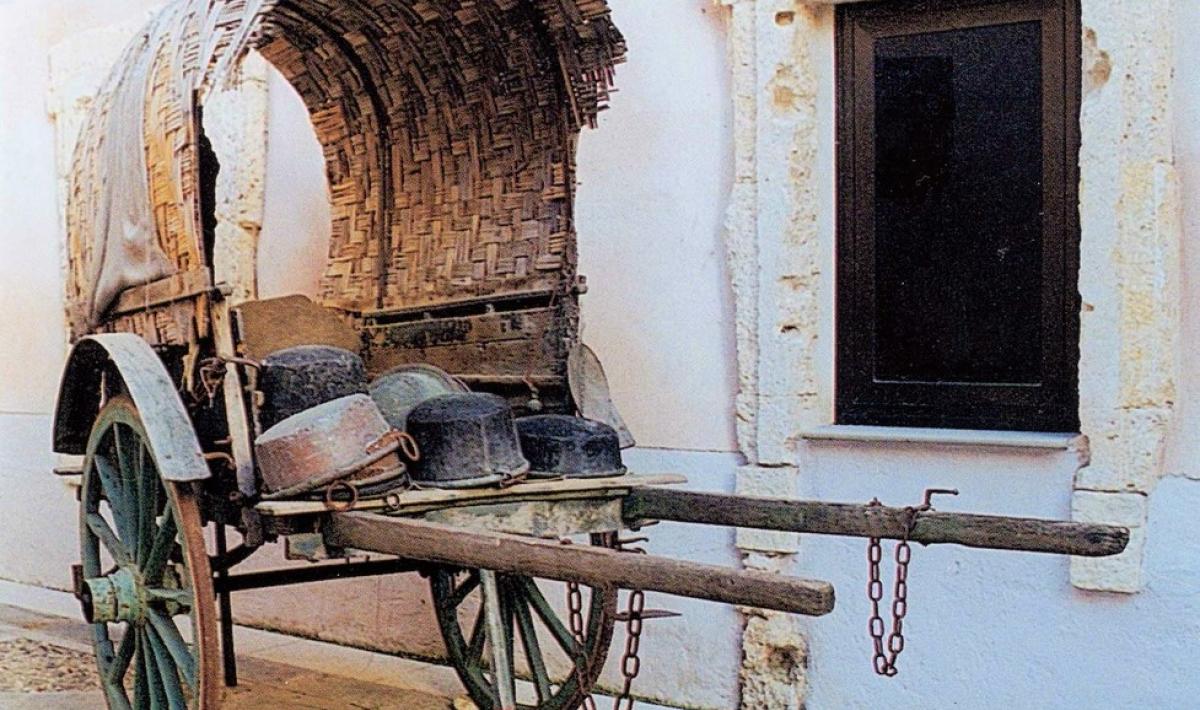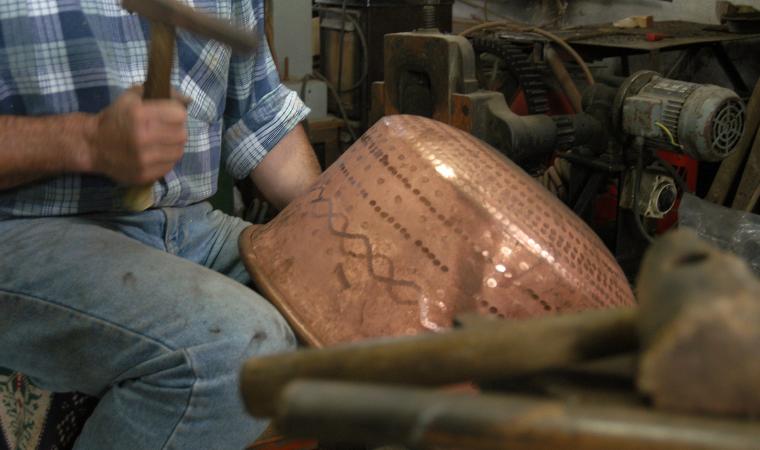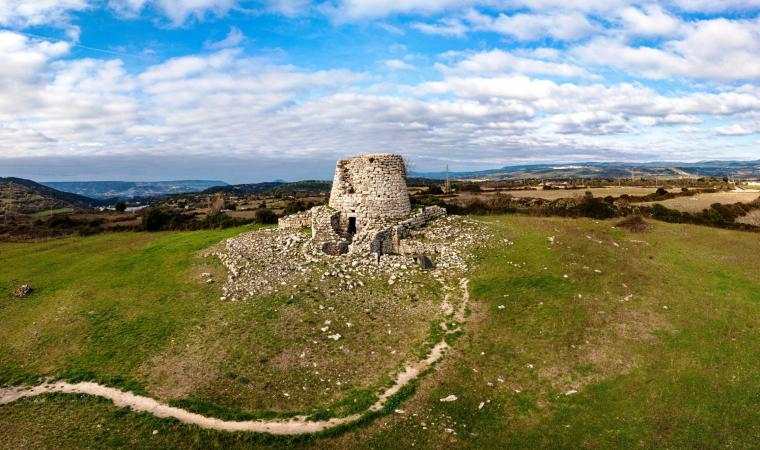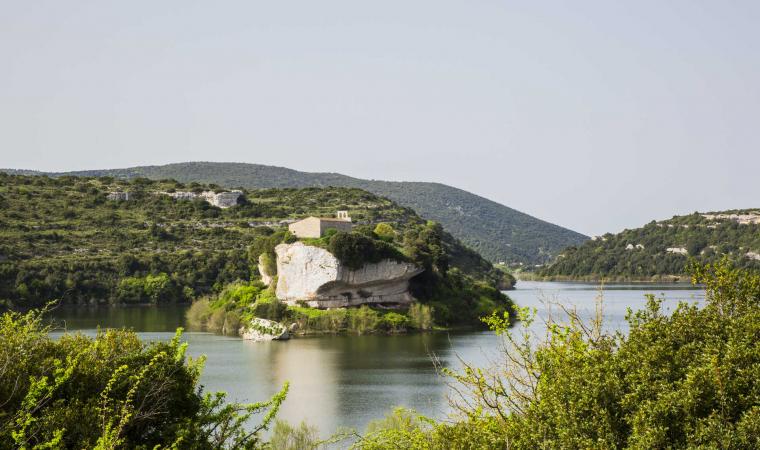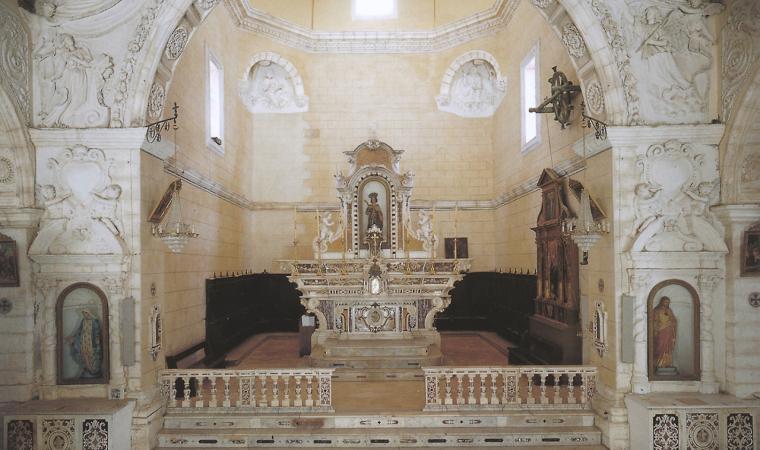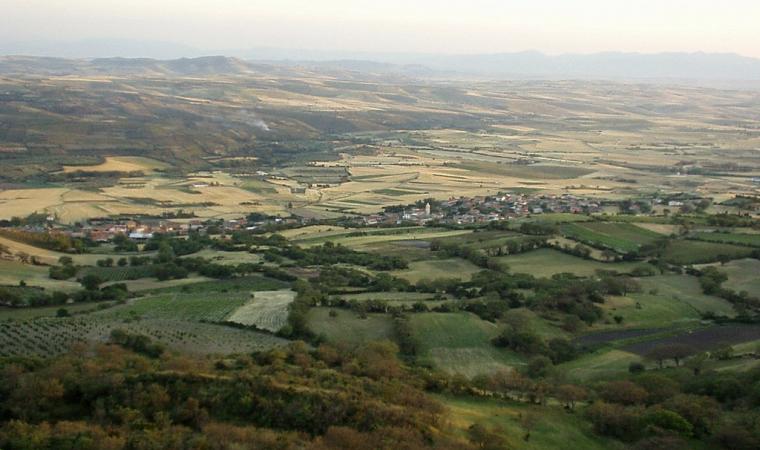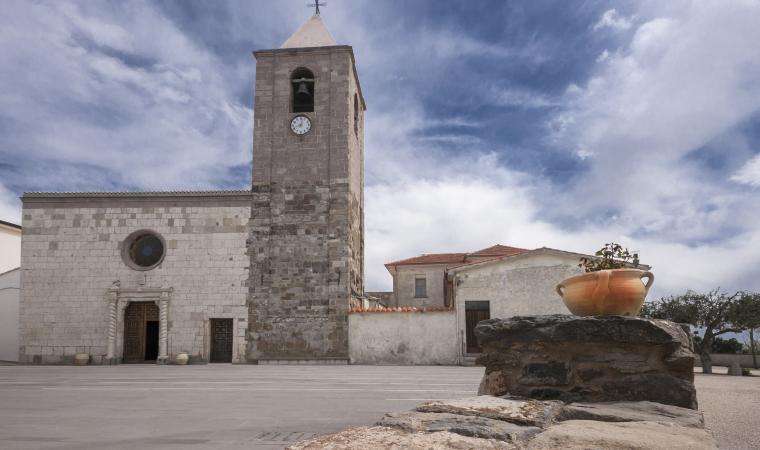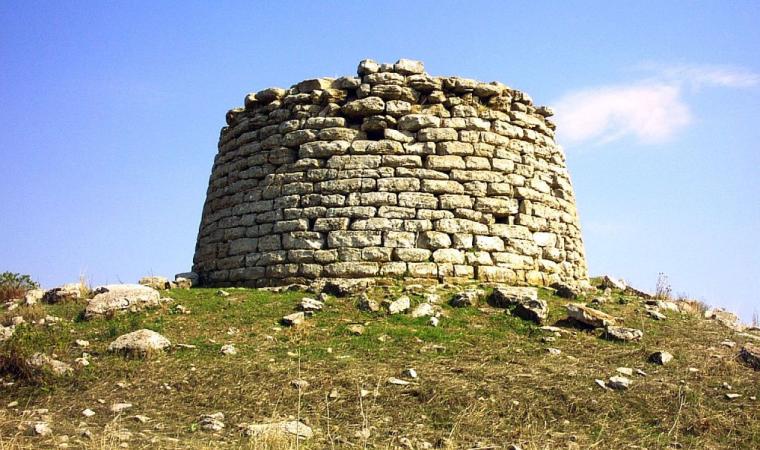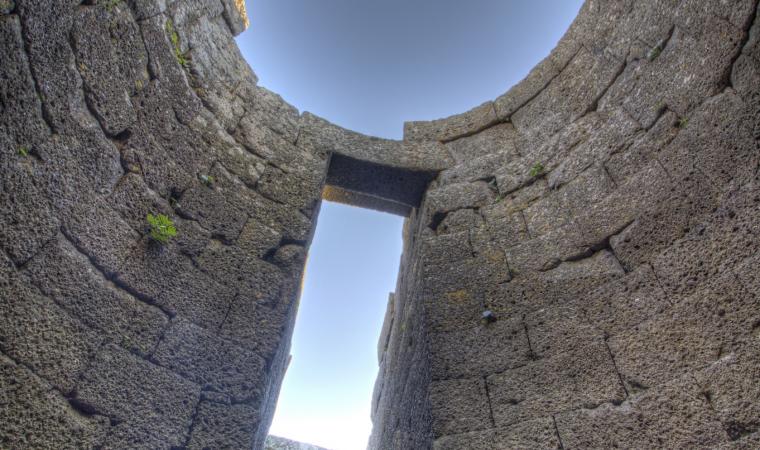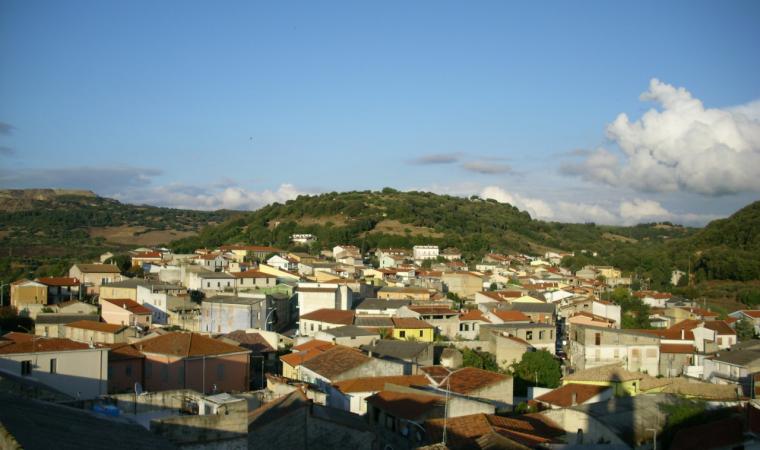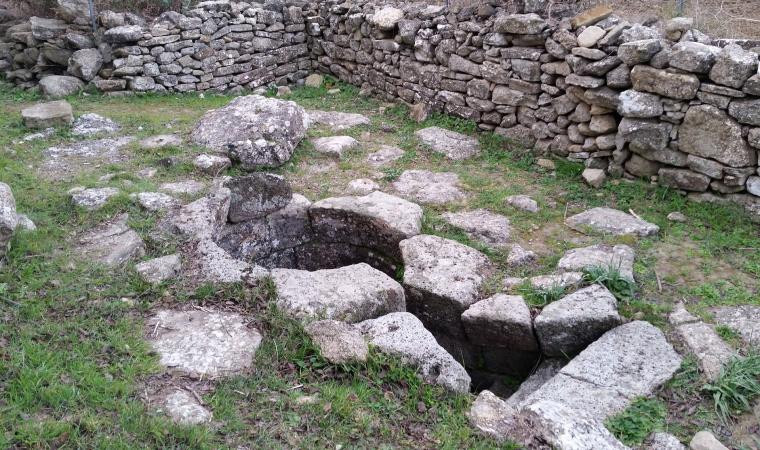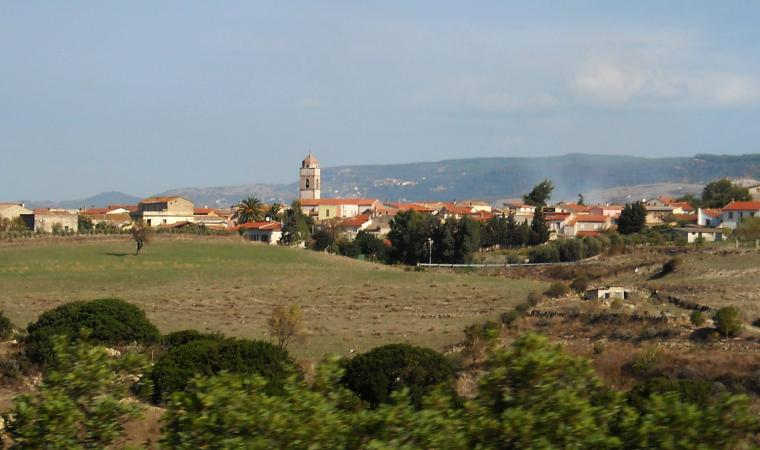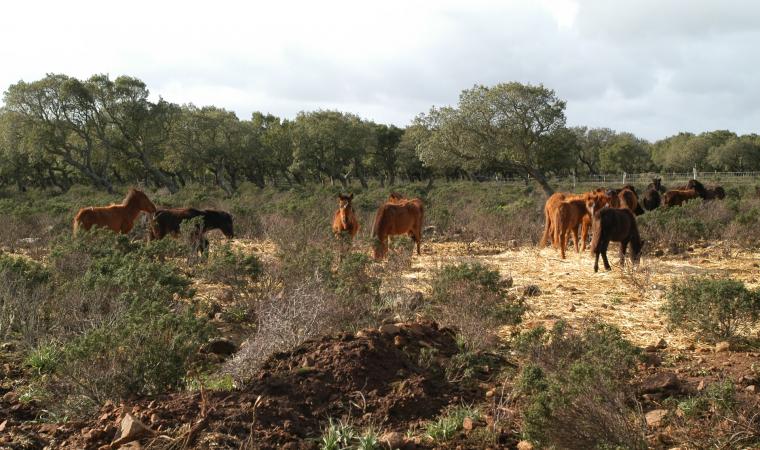It is the only copper museum in Sardinia, but above all, it is a journey back in time to a world made up of workshops, ancient know-how, voices and sounds from streets, piazzas and artisanal workshops that made deeply symbolic luminous objects in cramped, dark, busy coppersmitheries, but also gorgeous tapestries made by the local weavers. These are the main artisanal traditions typical of Isili, a “bordertown” between southern Sardinia and Barbagie. This heritage is displayed in the rooms of Maraté, a museum dedicated to the art of coppersmithery and textiles housed in the 18th century Scopoli convent. The exhibit is made up of three sections, one for copper and two for the art of textiles.
The first illustrates how copper was traditionally worked and sold on the streets. You’ll see a typical cart loaded with new items and copper objects gathered to be smelted. In the reconstruction of a coppersmithery you’ll even see some of the original tools they used. The copper items are also displayed in keeping with how they were used at home, by peasants and shepherds, their social and aesthetic value, and as parts of a wedding trousseau, for example. The artistic section dedicated to textiles contains thirty tapestries, a synthesis of tradition, research and innovation. Informational panels document how the work is done, from the processing of the wool to its dying, including the use of copper, and gold and silver thread for lovely chromatic effects. A third section has been added to the museum and is dedicated to the ethnographic aspects of the weaving. The museum experience is further enhanced by a soundtrack of music, voices and audio effects that characterise each room, making it feel as though you are walking through the village and even hearing the “secret” jargon of the coppersmiths, s’arromaniscu or arbaresca.
Isili sits within a natural park with enchanting landscapes and archaeological treasures. You can go for a hike or cycle along the shore of San Sebastiano Lake, even do some fishing or canoeing. On an island in the middle of the lake is the little church of San Sebastiano. Just a kilometre outside of town is an example of one of Sardinia’s most elegant Nuragic architecture, is Paras. This nuraghe has a central tower and three secondary towers connected by a wall. The inner room has a false dome ceiling that reaches almost 12 metres, the tallest in all of Nuragic Sardinia.

